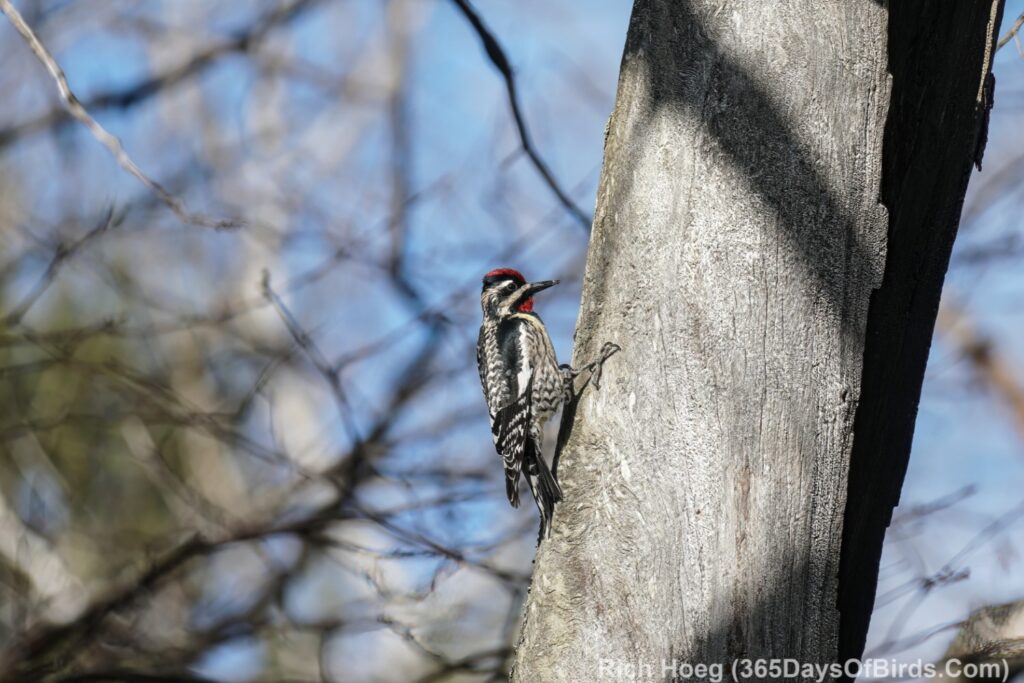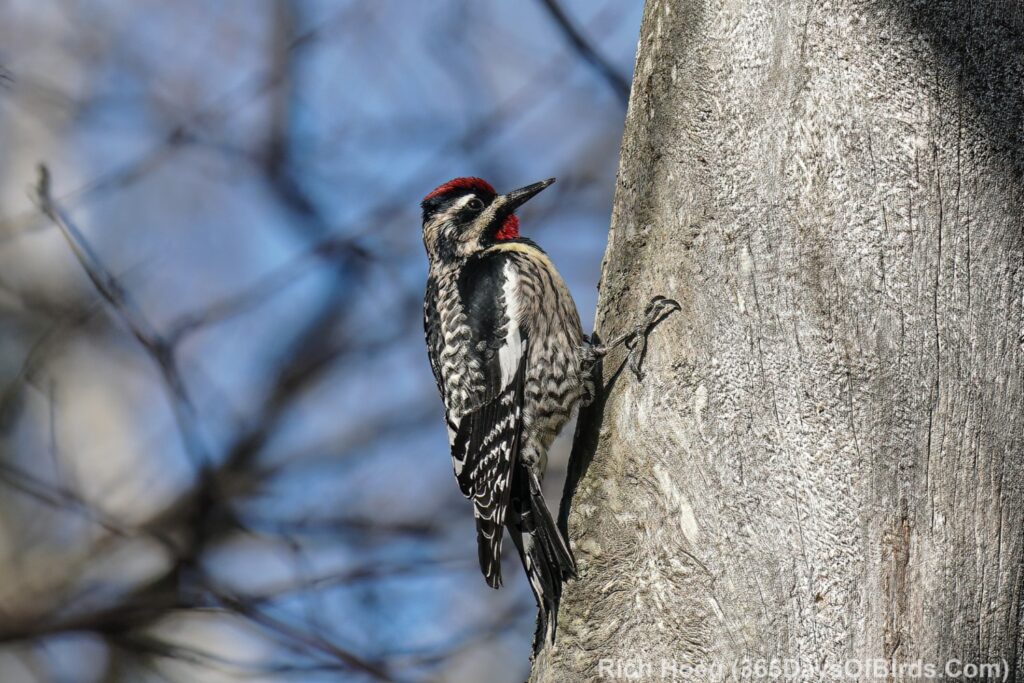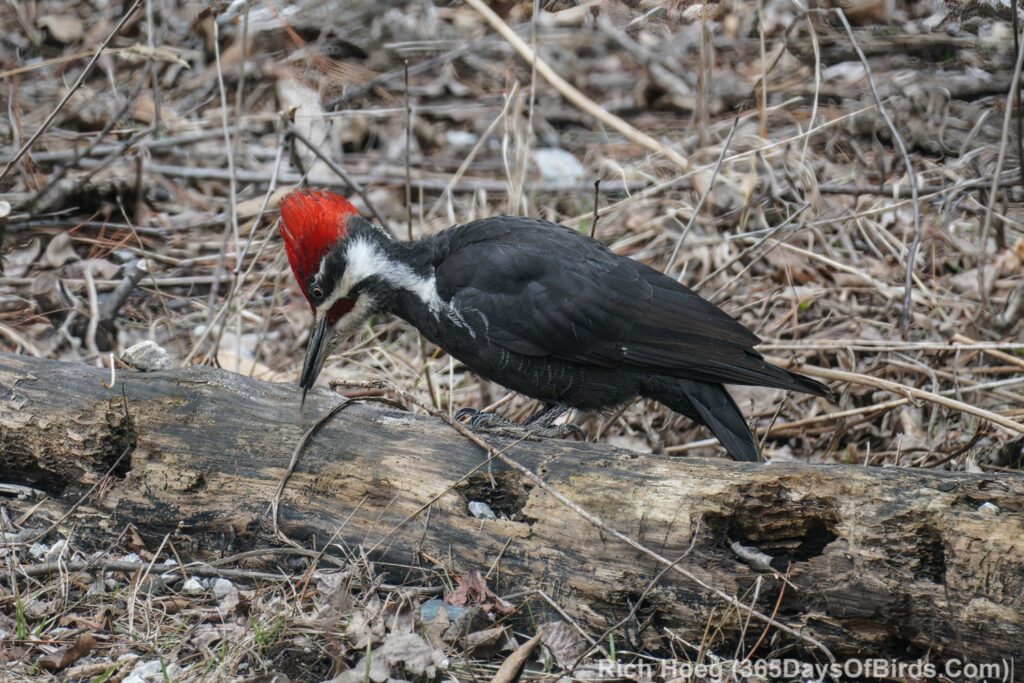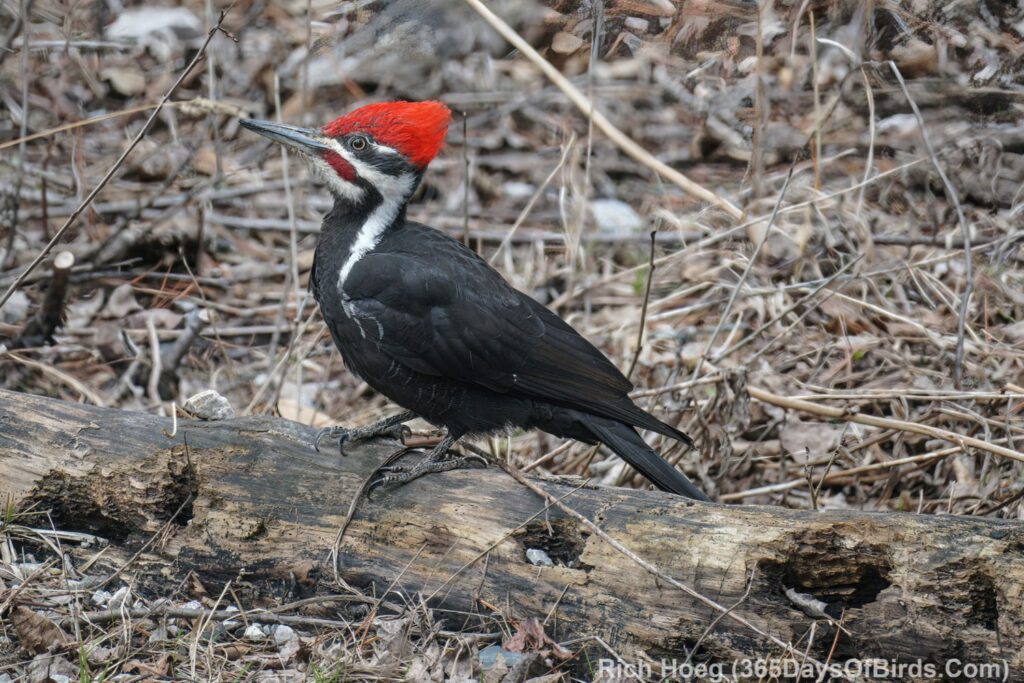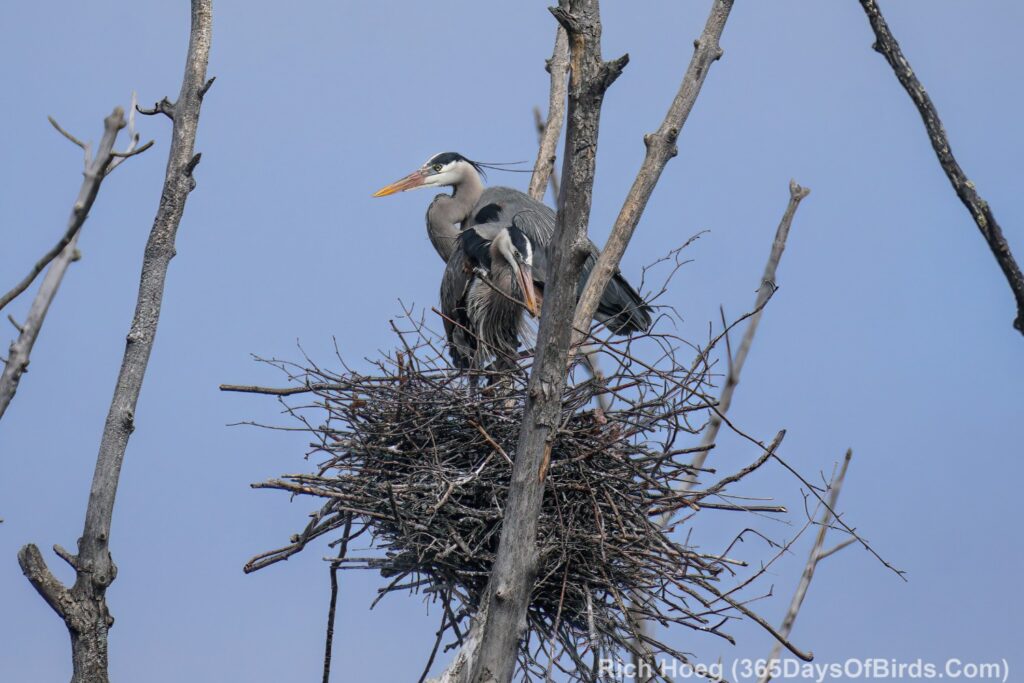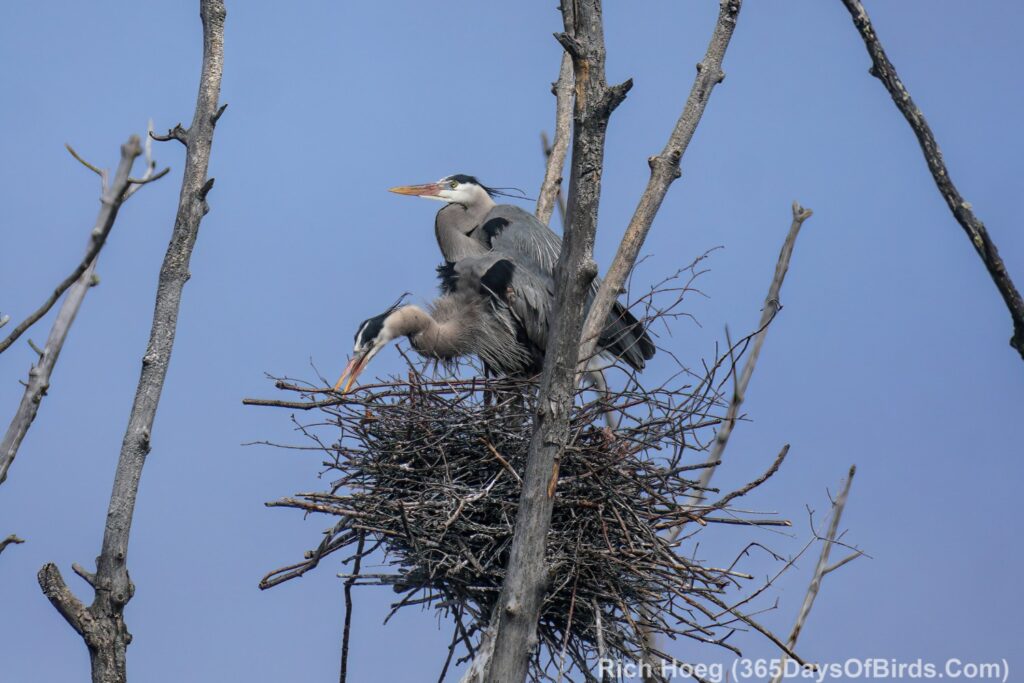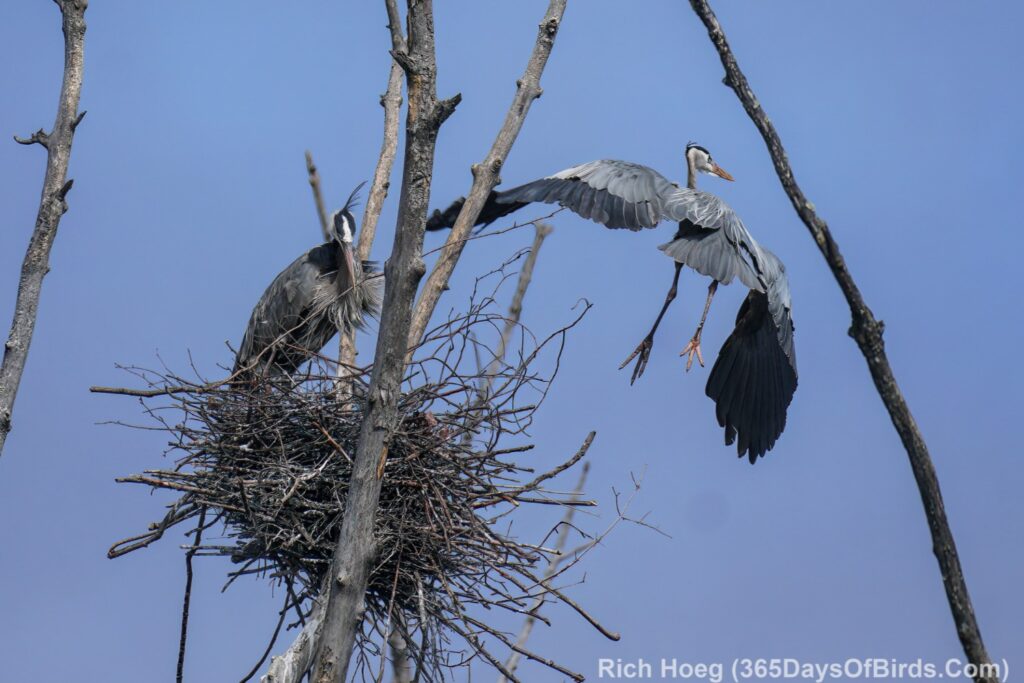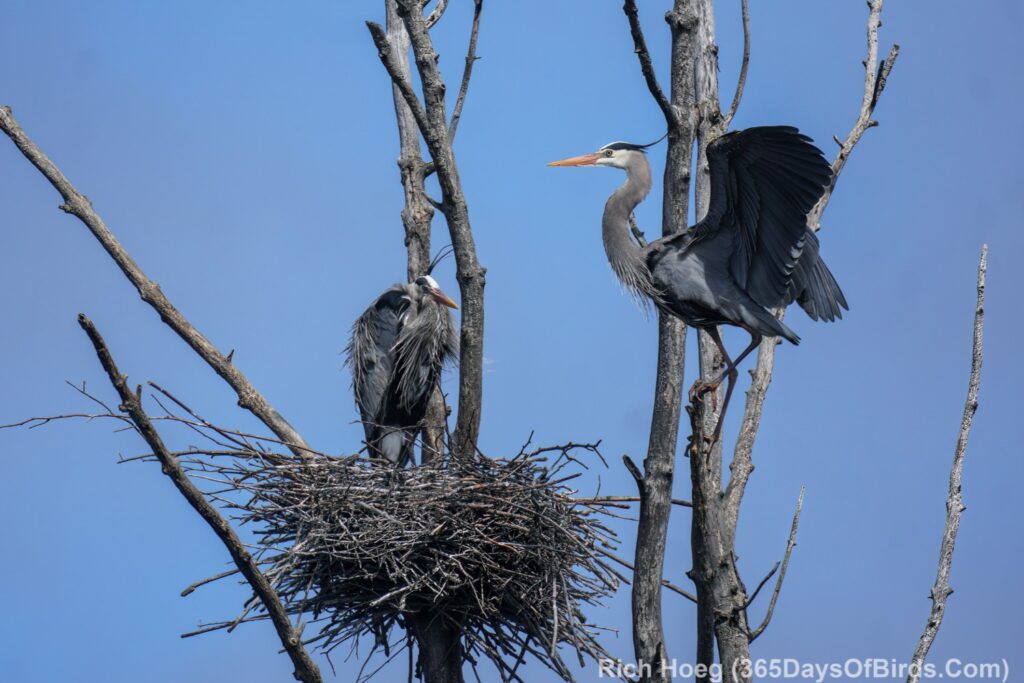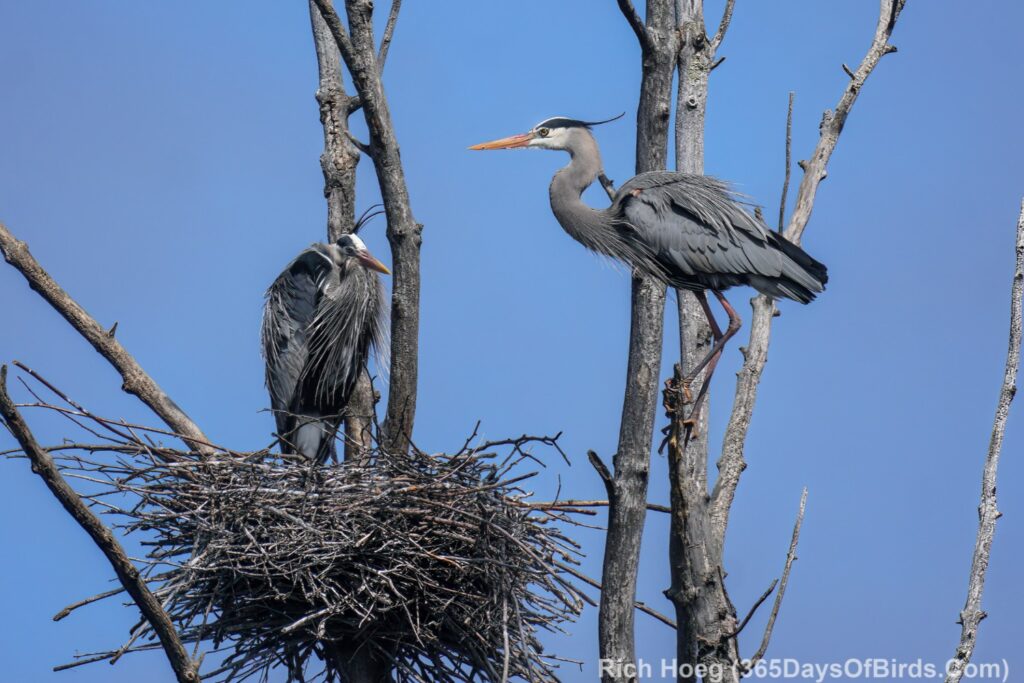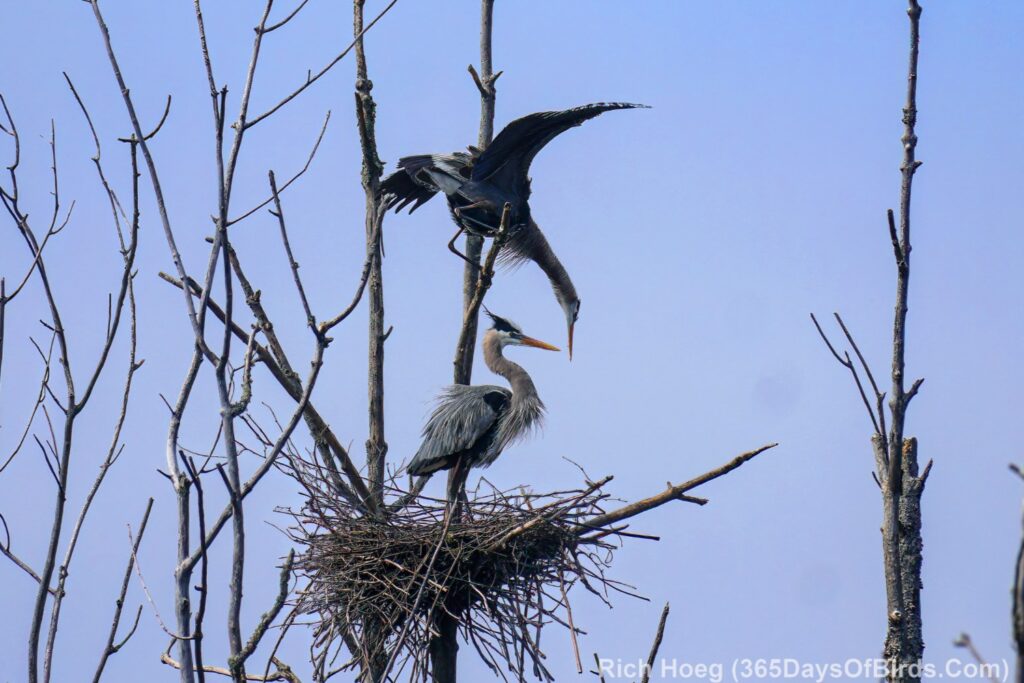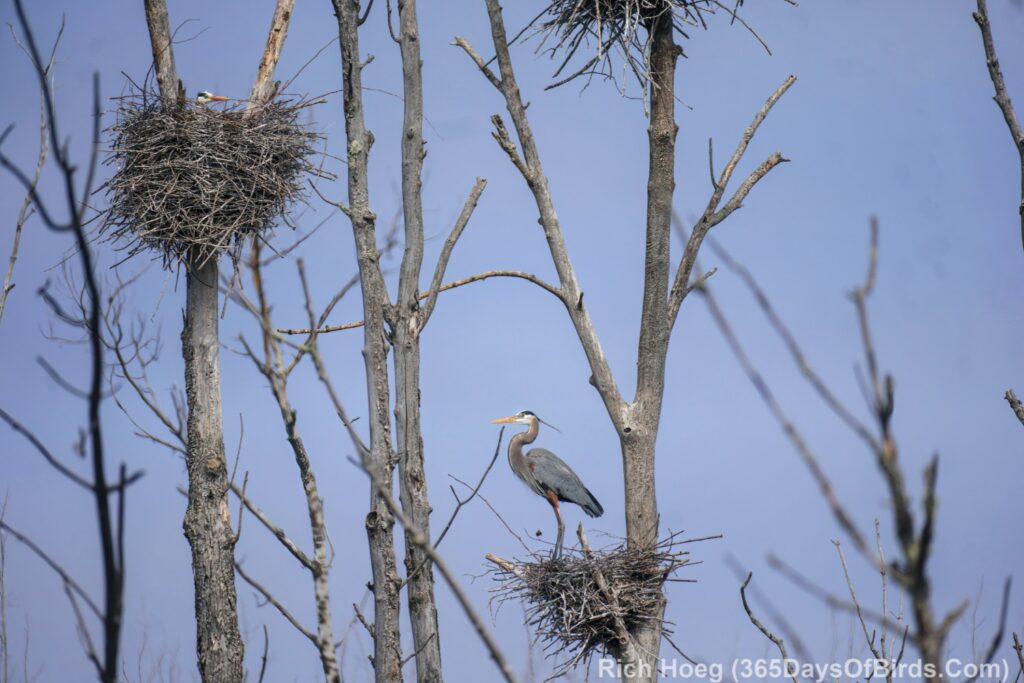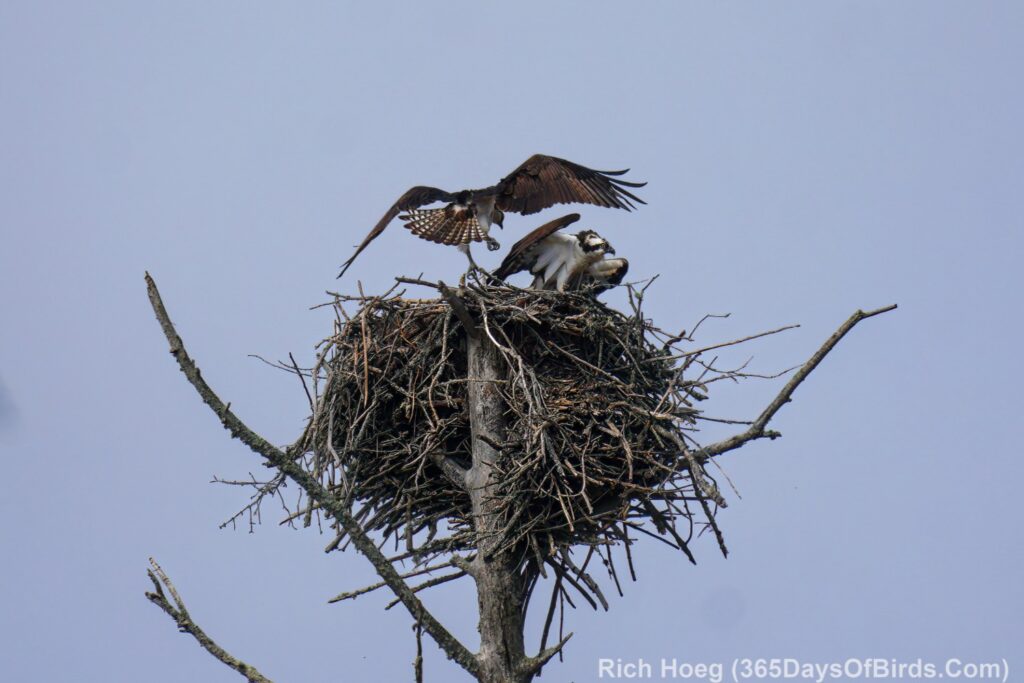If you do not keep your windows open at night, you are missing the morning sing! In fact, Molly and I keep a window open even on the coldest of winter nights (down to -30F at our house). There is nothing like an extra blanket to keep oneself warm, and as we move into spring one gets to listed to the “morning sing”. The birds start their chorus at this time of year (April 23rd) about 45 minutes before sunrise, or at 5:20 am. I am normally awake by that point and enjoy listening as different species start up their songs.
For some reason the Mourning Doves, and Yellow-Bellied Sapsuckers are the first to perform. Within a few weeks as the sun dips less and less below the horizon, the sing will start a bit earlier before sunup … 60 minutes prior to sunrise. On the first day of summer sunrise will be at 5:14 am, which means the morning sing will start at 4:15 am!
Now that the Yellow-Bellied Sapsuckers have returned from points south, they start drumming on any of my yard’s dead trees very early. I never cut down dead trees as long as:
- The tree is not diseased
- The dead tree does not threaten our home
The band’s percussion group in my yard now includes these kinds of woodpeckers: Downey, Hairy, Northern Flicker, Pileated and Yellow-Bellied Sapsuckers. Often when one species of woodpecker starts drumming, another species will come to investigate. I now can identify all five of these species by the rhythm and sound of their drumming.
Anyhow … a Yellow-Bellied Sapsucker and Pileated Woodpecker … both photographed in my yard over the past two days. Enjoy the sing!
